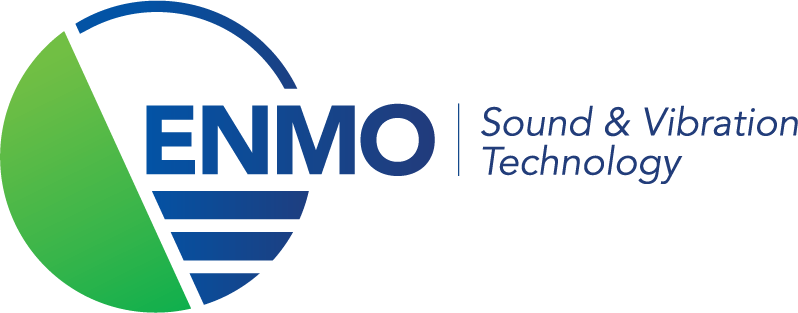In industrial sectors where extreme temperatures and harsh conditions are the norm, it’s crucial to rely on sensors that are both accurate and robust. Dytran by HBK offers a wide range of sensors specifically designed for these demanding applications. In this article, we explore the technology behind these sensors and dive deeper into selecting the right amplifiers and cables—essential for reliable vibration measurements in high-temperature environments.
Dytran by HBK: innovation in sensor solutions
Dytran, now part of HBK, is a pioneer in piezoelectric sensors engineered for tough environments. Dytran sensors are specially designed for high-temperature applications, converting mechanical vibrations into electrical signals, even under extreme heat. These sensors form the foundation for accurate vibration measurements, but to fully harness their potential, the right amplifier is essential.
The importance of choosing the right amplifier
When measuring vibrations with high-temperature piezoelectric sensors, the signal is often affected by external factors such as heat, electromagnetic interference, and long cable runs. This is where an external charge amplifier comes into play, amplifying the signals, suppressing noise, and minimizing distortion. This ensures that the measurement signal remains reliable, even in extreme conditions.
According to the Dytran whitepaper, “Selection of Amplifiers and Hardline Cables”, choosing the right amplifier is crucial to maintaining signal integrity. The amplifier should not only be compatible with the high-temperature sensor but also suited to the specific measurement environment. Key considerations when selecting an amplifier include:
- Impedance matching: To minimize signal loss, the amplifier must be perfectly matched to the sensor’s impedance.
- Temperature resistance: The amplifier must withstand the environmental temperatures where the sensor operates.
- Noise suppression: A good amplifier minimizes the impact of external noise and electromagnetic interference, critical for accurate data.
Robust cabling: the role of hardline cables
In addition to selecting the right amplifier, the cabling between the sensor and amplifier is of great importance. In heavy industrial applications, where sensors are often far from the amplifier, it’s essential to use hardline cables that are heat-resistant and electromagnetically shielded. The whitepaper highlights that the right cabling has a significant impact on signal integrity and the accuracy of vibration measurements.
Hardline cables offer excellent resistance to mechanical stress and thermal degradation. They also ensure that the signal reaches the amplifier without loss or distortion, even over long distances. For applications in industries like turbines and exhaust systems, where temperatures can reach up to 649°C, these cables are indispensable.
Applications in extreme environments
The combination of Dytran’s high-temperature piezoelectric sensors, robust cabling, and external charge amplifiers is widely used in environments where precision and reliability are essential. For example:
- Turbine monitoring: Continuously monitoring vibrations in turbines under extreme heat conditions.
- Exhaust systems: Monitoring vibrations in motor and exhaust systems in the automotive sector.
- Industrial furnaces: Measuring vibrations in high-heat environments, such as steel production.
The right combination of sensors, amplifiers, and cables is essential for ensuring accurate vibration measurements in extreme conditions. Dytran by HBK offers innovative solutions to meet these challenges, where the proper selection of amplifiers and hardline cables plays a key role in measurement success. Companies operating in demanding industries can rely on the performance of these systems to optimize their processes and ensure safety.
By investing in the right measurement solutions, such as those from Dytran by HBK, businesses can capture, analyze, and effectively use even the smallest vibrations to improve operational efficiency.

 ▽
▽
 English
English
 Français
Français
 Nederlands
Nederlands
